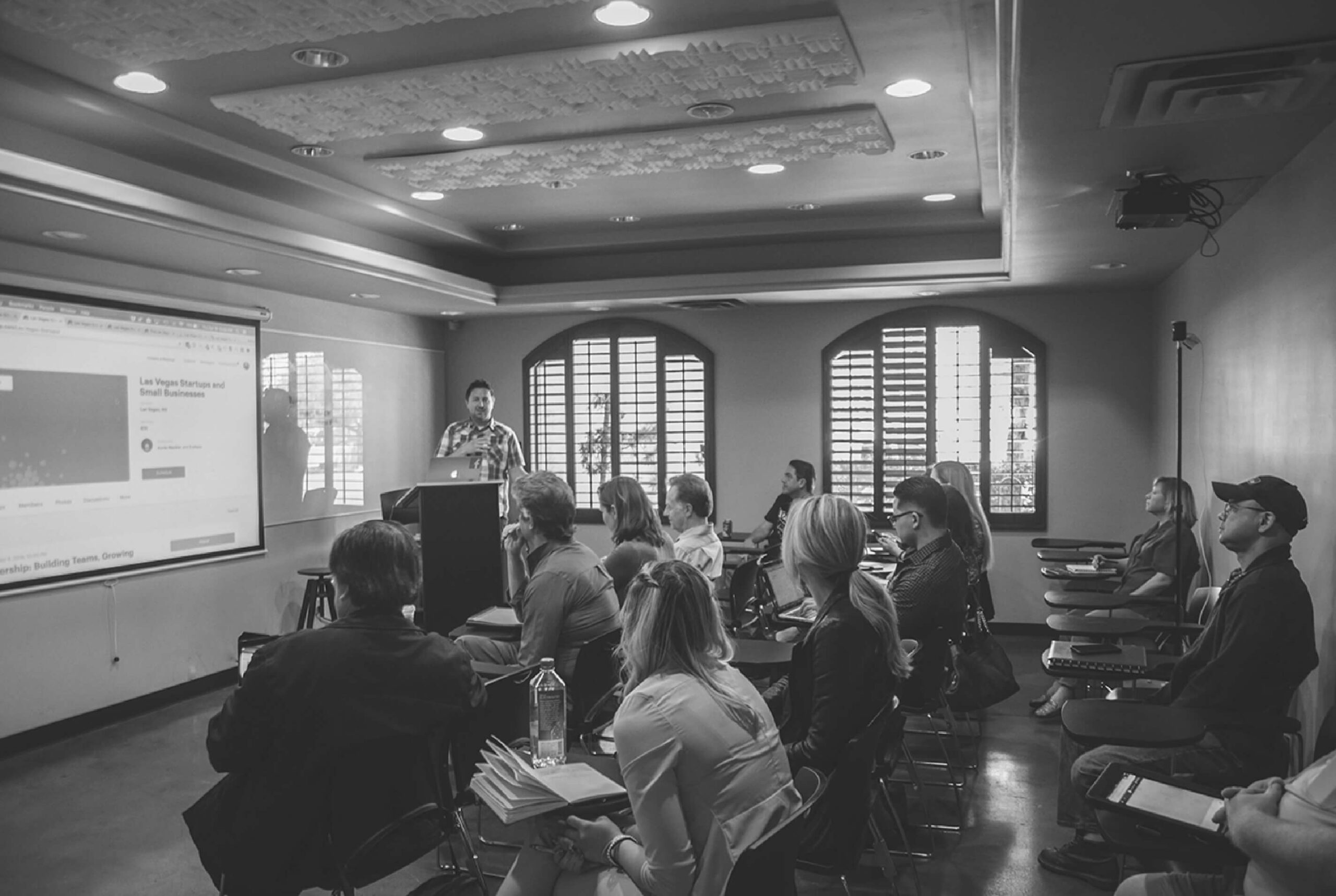
November 13, 2019
PETER MEDLIN – Northern Public Radio
An advocacy group is calling on Illinois to make higher education more equitable for students. It says that means changing the way it funds post-secondary schooling.
Before they dug into the numbers, Kyle Westbrook said his group wanted to try to reframe the conversation around the cost of college in Illinois.
He’s the executive director of the Partnership for College Completion. The organization just released three “Priced Out” reports analyzing state disinvestment in higher education. He said universities and lawmakers have often looked at higher-ed funding from the point of view of the schools.
And while it’s important to talk about program cuts, layoffs and maintenance, they wanted the reports to be from the students’ perspective.
“It shouldn’t be surprising that as higher education has become much less affordable over the last 15 years, particularly for low-income students,” he said, “it shouldn’t be a surprise that we see that impact being felt on students who are at least able to afford to attend college.”
The organization says state funding for public universities has fallen 50% since 2002. Community colleges have experienced similar dis-investments.
The reports look at three student groups who experience affordability challenges: African-American, LatinX and students who live in rural communities.
The number of black students enrolled at Illinois public and private non-profit universities fell by thousands over the past decade.
Westbrook said the Partnership was also dismayed to find those students disproportionately take on loans and debt at higher rates to fund their education.
“It’s not even close between where black students are borrowing on average and where LatinX and white students are borrowing,” he said. “I think the gap was pretty substantial and surprising to us to see. And obviously the implications are for generations of students, not just the students who borrow themselves.”
Westbrook said because of these findings, his organization believes the state should change how higher-ed is funded. The reports propose changes that would incentivize public universities and community colleges to recruit underrepresented low-income and minority students.
“Do all students see our public institutions as viable options?,” said Westbrook. “And I think that, you know, obviously the answer to that is no.”
This spring, Illinois lawmakers passed a “direct admissions” pilot program. This would automatically admit students to participating public colleges and universities if they finished in the top 10% of their class, along with a few other requirements.
The report advocates for similar programs, especially if they’re expanded to further help those underrepresented students.
The report also recommends scaling back merit-based scholarship programs in favor of increased need-based aid like the state’s Monetary Award Program, or MAP.
“What we end up doing often with our merit-based programs,” he said, “is we end up sort of making the rich richer.”
That’s because of how much those scholarships factor in scores from tests like the ACT and SAT. Westbrook said those aren’t good barometers of college success. He said grade point averages are more accurate.
That’s because, he said, wealthier schools can offer more test prep courses and tutors to help kids perform better on those tests.
Once they’re in college, African-American and LatinX students are disproportionately tossed into zero-credit developmental courses.
“Students are spending their money or their precious financial aid on those courses,” said Westbrook. “We know that there are better ways to do it.”
For that, the report proposes transitional math and science classes in high school to keep up academic momentum going into college.
The research finds one area where Illinois higher-ed succeeds is in bachelor’s degree completion for transfer students.
But Westbrook said it’s important to disaggregate that data. LatinX students are much less likely to transfer at all. They’re less likely to take out loans. And more likely to be first-generation college students.
Another group much less likely to transfer are students from rural communities.
Westbrook said these students are too often left out of higher-ed discussions in Illinois.
That could partially be due to shifting demographics, as rural populations shrink more and more.
“If state policy can’t reverse those macro trends,” he said, “state policy certainly should not accelerate them.”
There are other college experiences outside the classroom that are inaccessible to many students. Those can be unpaid internships or study abroad trips.
“There are all of these hidden costs of college,” he said. “That can either enrich the experience for students, or can make the experience not as impactful as it could be, or than it is for certain groups of students who could afford those opportunities.”
Westbrook said that’s because the true cost of college goes far beyond tuition or room and board.
This story was also featured on Tri States Public Radio on November 14, 2019.

